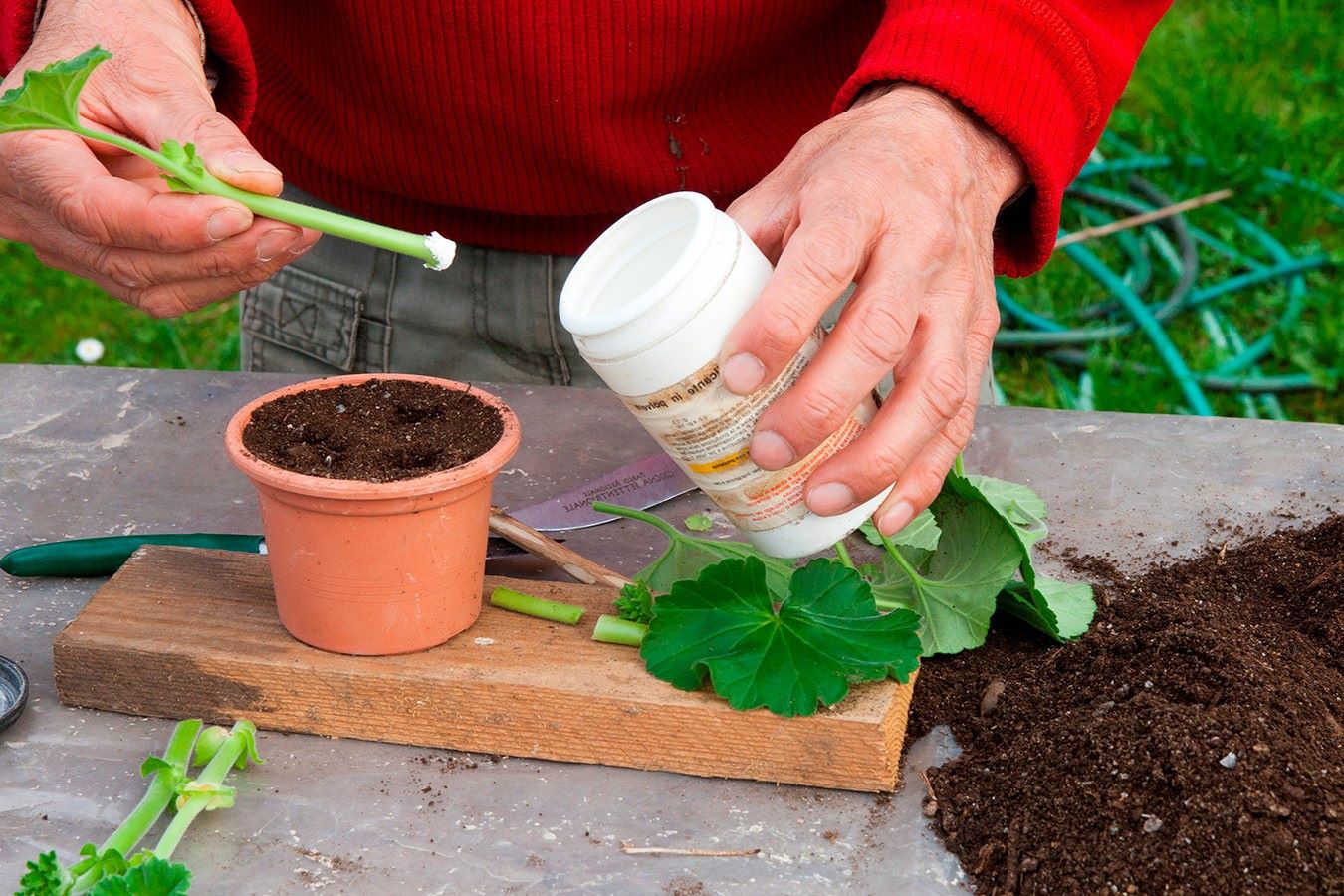
Plant growth hormones are essential for the development and health of plants. These natural chemicals regulate various functions, from seed germination to flowering. Without them, plants would struggle to grow properly. Auxins, for example, help plants grow towards light, while gibberellins promote stem elongation. Cytokinins stimulate cell division, and abscisic acid helps plants cope with stress. Ethylene influences fruit ripening and leaf fall. Understanding these hormones can help gardeners and farmers improve crop yields and plant health. Let's dive into 28 fascinating facts about these vital plant growth regulators and how they impact the green world around us.
What Are Plant Growth Hormones?
Plant growth hormones, also known as phytohormones, play a crucial role in regulating various functions in plants. These natural chemicals influence growth, development, and responses to environmental stimuli.
- Auxins are the first discovered plant hormones. They promote cell elongation and are essential for root development.
- Gibberellins help in stem elongation, seed germination, and flowering. They can break seed dormancy.
- Cytokinins promote cell division and shoot formation. They delay aging in leaves.
- Ethylene is a gas that influences fruit ripening and leaf abscission. It also helps plants respond to stress.
- Abscisic Acid (ABA) plays a key role in seed dormancy and helps plants withstand drought by closing stomata.
How Do Auxins Affect Plant Growth?
Auxins are vital for plant growth and development. They are primarily produced in the shoot tips and transported to other parts of the plant.
- Phototropism is the growth of plants towards light, regulated by auxins.
- Gravitropism is the growth response to gravity. Auxins help roots grow downward and shoots grow upward.
- Apical Dominance is the phenomenon where the main central stem of the plant grows more vigorously than the side stems due to auxin concentration.
- Root Formation is stimulated by auxins, making them essential for root cuttings and tissue culture.
- Fruit Development is influenced by auxins, which can prevent premature fruit drop.
The Role of Gibberellins in Plants
Gibberellins are another group of plant hormones that have significant effects on growth and development.
- Stem Elongation is promoted by gibberellins, leading to taller plants.
- Seed Germination is triggered by gibberellins, which break seed dormancy and initiate growth.
- Flowering in some plants is induced by gibberellins, especially in long-day plants.
- Fruit Size can be increased by applying gibberellins, making them useful in agriculture.
- Leaf Expansion is enhanced by gibberellins, contributing to larger leaf area.
Cytokinins and Their Functions
Cytokinins are primarily involved in cell division and differentiation. They are produced in roots and transported to other parts of the plant.
- Cell Division is stimulated by cytokinins, leading to growth in roots and shoots.
- Shoot Formation is promoted by cytokinins, making them crucial for tissue culture.
- Delay of Senescence (aging) in leaves is a key function of cytokinins, keeping leaves green longer.
- Nutrient Mobilization is enhanced by cytokinins, ensuring efficient nutrient use.
- Lateral Bud Growth is stimulated by cytokinins, promoting bushier plants.
Ethylene: The Ripening Hormone
Ethylene is unique among plant hormones as it is a gas. It plays a significant role in fruit ripening and stress responses.
- Fruit Ripening is accelerated by ethylene, making it crucial for commercial fruit production.
- Leaf Abscission (falling off) is regulated by ethylene, helping plants shed old leaves.
- Stress Responses are mediated by ethylene, helping plants cope with mechanical damage or pathogen attack.
- Flower Wilting is induced by ethylene, leading to the natural end of the flowering period.
- Root Hair Formation is promoted by ethylene, increasing the surface area for water and nutrient absorption.
Abscisic Acid: The Stress Hormone
Abscisic Acid (ABA) is often called the stress hormone because it helps plants survive adverse conditions.
- Seed Dormancy is maintained by ABA, preventing seeds from germinating under unfavorable conditions.
- Stomatal Closure is induced by ABA during drought, reducing water loss.
- Stress Tolerance is enhanced by ABA, helping plants survive extreme temperatures or salinity.
Final Thoughts on Plant Growth Hormones
Plant growth hormones, or phytohormones, play a crucial role in the life of plants. These natural chemicals control everything from seed germination to flowering and fruit development. Understanding how auxins, gibberellins, cytokinins, ethylene, and abscisic acid work can help gardeners and farmers improve crop yields and plant health. For instance, auxins promote root growth, while gibberellins help stems grow taller. Cytokinins encourage cell division, ethylene regulates fruit ripening, and abscisic acid helps plants cope with stress. Knowing these facts can make a big difference in how we approach gardening and agriculture. So next time you’re tending to your garden or farm, remember the power of these tiny but mighty hormones. They’re the unsung heroes behind every lush garden and bountiful harvest.
Was this page helpful?
Our commitment to delivering trustworthy and engaging content is at the heart of what we do. Each fact on our site is contributed by real users like you, bringing a wealth of diverse insights and information. To ensure the highest standards of accuracy and reliability, our dedicated editors meticulously review each submission. This process guarantees that the facts we share are not only fascinating but also credible. Trust in our commitment to quality and authenticity as you explore and learn with us.


